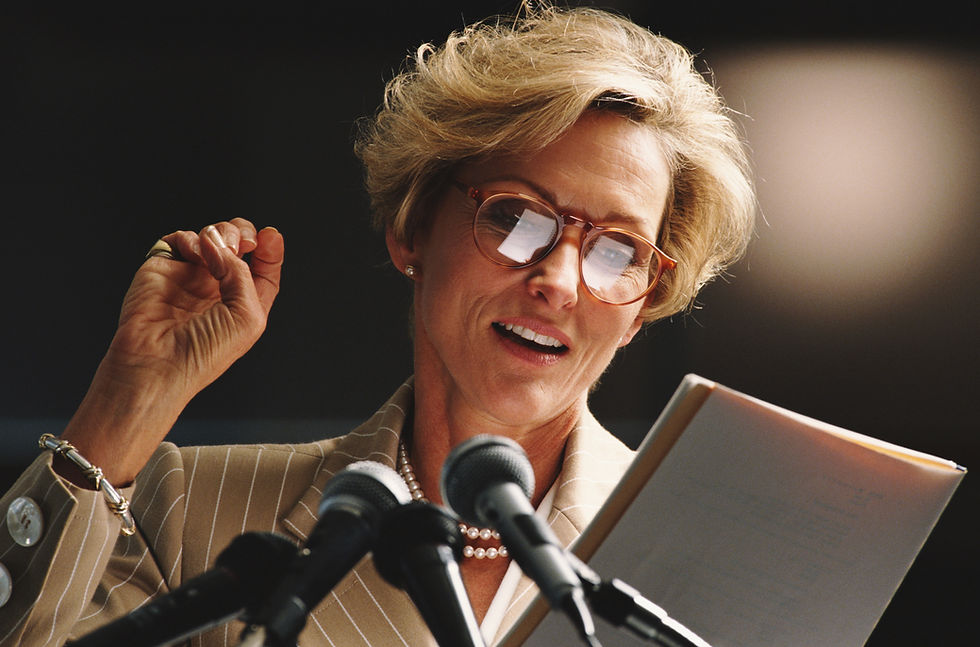The Importance of Adaptive Sports
- Mason McGrady
- Jul 31, 2022
- 3 min read
Disability can be isolating: this is a fact of life for those in the disabled community who are constantly exposed to exclusive social environments. Access to social opportunities are limited on a basis of physical and mental differences whether that be due to the lack of accessibility of an event or even, unfortunately, stigma. This is especially prevalent in school systems where children with disabilities are at constant odds with finding avenues to express themselves or feel a sense of inclusion with their peers. So, in recognizing that these trends exist and that they need to be addressed, how does a community or school system not only provide accessible social opportunities, but also generate a feeling of inclusivity in one’s community? One potential way to help: investing in adaptive sports.
Adaptive athletics has grown immensely in recent years with the inception of multiple national leagues and the expanding popularity of the Paralympics. Hundreds of programs encouraging community involvement in adaptive sports have popped up across the United States and have fostered the necessary social environments to increase the number of people with disabilities living in a particular area; and by result, establish the necessary amount of people to collectively advocate for communities to become more accessible. What these programs have given to the disabled community is a platform to vocalize dissatisfaction and actually be heard rather than ignored.
For example, following China’s greenlight to host the 2008 Paralympic Games, disability advocates and key programs won $150 million in appropriations from the Chinese government to improve the general accessibility of over 14,000 facilities across the country. According to an article by the UN, $17 million was also pumped into making 60 key tourist destinations more accessible for the disabled community and legislation was eventually passed to increase the social inclusion for people with disabilities in China’s labor force. Despite China’s accessibility and social inclusion needing work in all areas still, adaptive sports’ global influence in producing change was put on full display.
Even from an individual standpoint, this shift has been massive for improving the personal health of those in the disabled community both physically and mentally. Sports obviously have immediate health benefits ranging from cardiovascular improvements to lowering stress, but in particular for the disabled community, it provides a support network. Having those around you who are in similar situations is a valuable resource when navigating life with a disability as having access to advice to medical resources to even simply having someone to vent to is incredibly relieving.
A key area where adaptive sports is making leaps in terms of generating positive change is in universities which have been historically exclusive to the disabled. People without disabilities are nearly 10% more likely to have a bachelor’s degree than those with a disability and, varying between ability levels, were also less likely to drop out of the education process altogether, as indicated by the National Center for Education Statistics. One of the many reasons for these worrying statistics is the lack of incentive provided on the universities’ part in encouraging the disabled community to want to pursue an education at their institution. Despite legislation existing prohibiting discrimination against disability status at colleges, campuses are still not built with accessibility in mind, student organizations are not necessarily inclusive in recruiting, and alumni networks can often restrict accessibility changes.
In recent years though, multiple colleges have ended up adopting programs that focus on providing those with disabilities opportunities to participate in collegiate-level sports. Most notably among those has been the University of Alabama who currently touts a program that has a body of 30 athletes, 12 full-time staff, 150 volunteers, and in 2018, opened a $10 million facility specifically for adaptive sports. What The University of Alabama has done is produce a feature that makes students with disabilities want to come to their university, which has then drastically improved the campus experience for disabled students and become a more prospective option in general for pursuing a degree. Adaptive sports programs at universities are also key distributors of scholarships, thus removing a financial blockade that can be disabling in of itself, especially for a population of people who have to contend with higher than average medical costs. Adaptive sports has been revolutionary in offsetting an educational disparity that has existed for years, and as more colleges invest in programs of their own, more long-standing barriers to education that the disabled community has faced will be removed.
As the number of disabled people in the United States increases, the need for adaptive sports programs has never been more relevant. Without accessible options in sports, there is a massive public stage that people with disabilities are excluded from. As the number of adaptive sports teams are growing in communities and in school systems, the future of adaptive sports looks bright and brings about much needed change along with it.




Comments